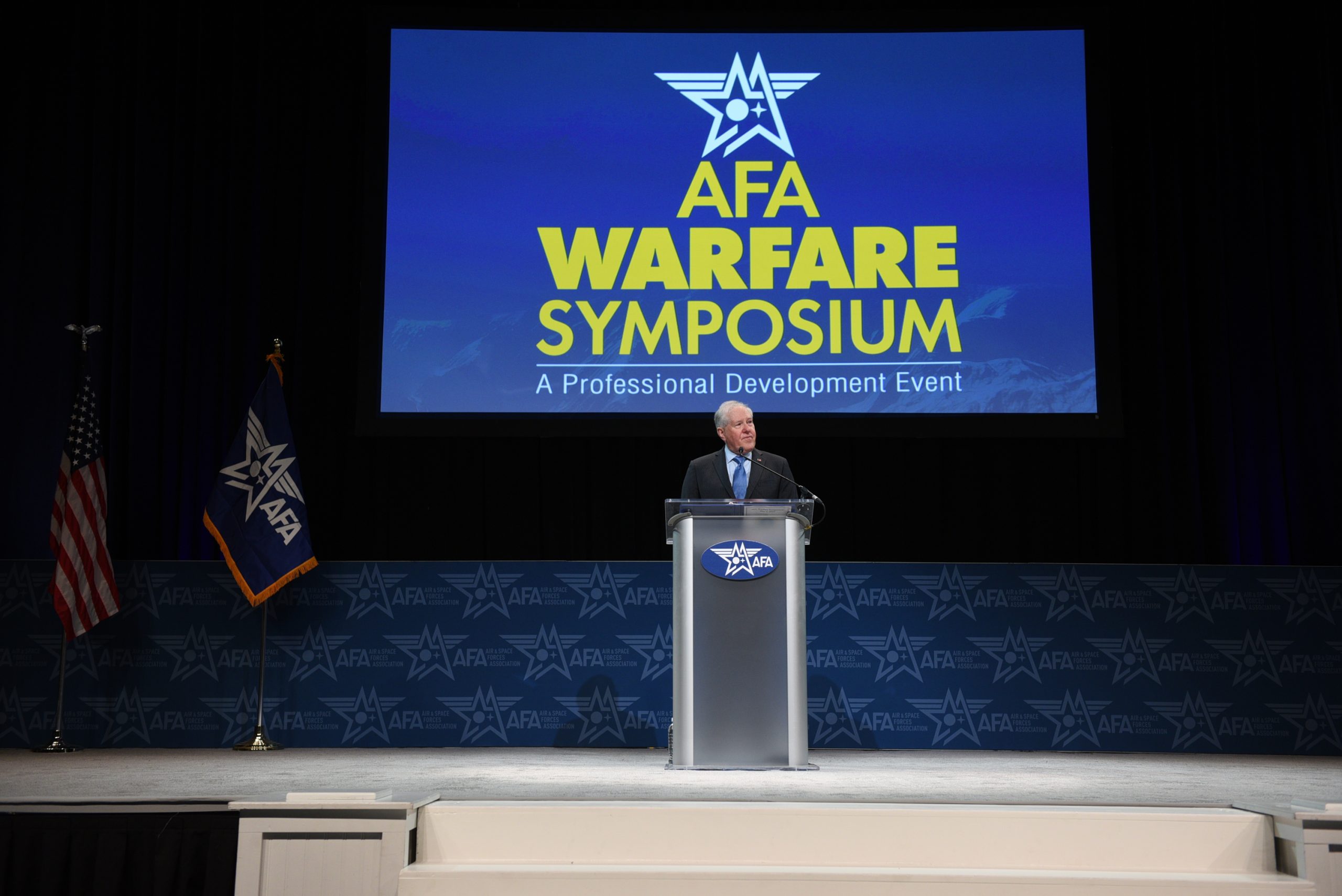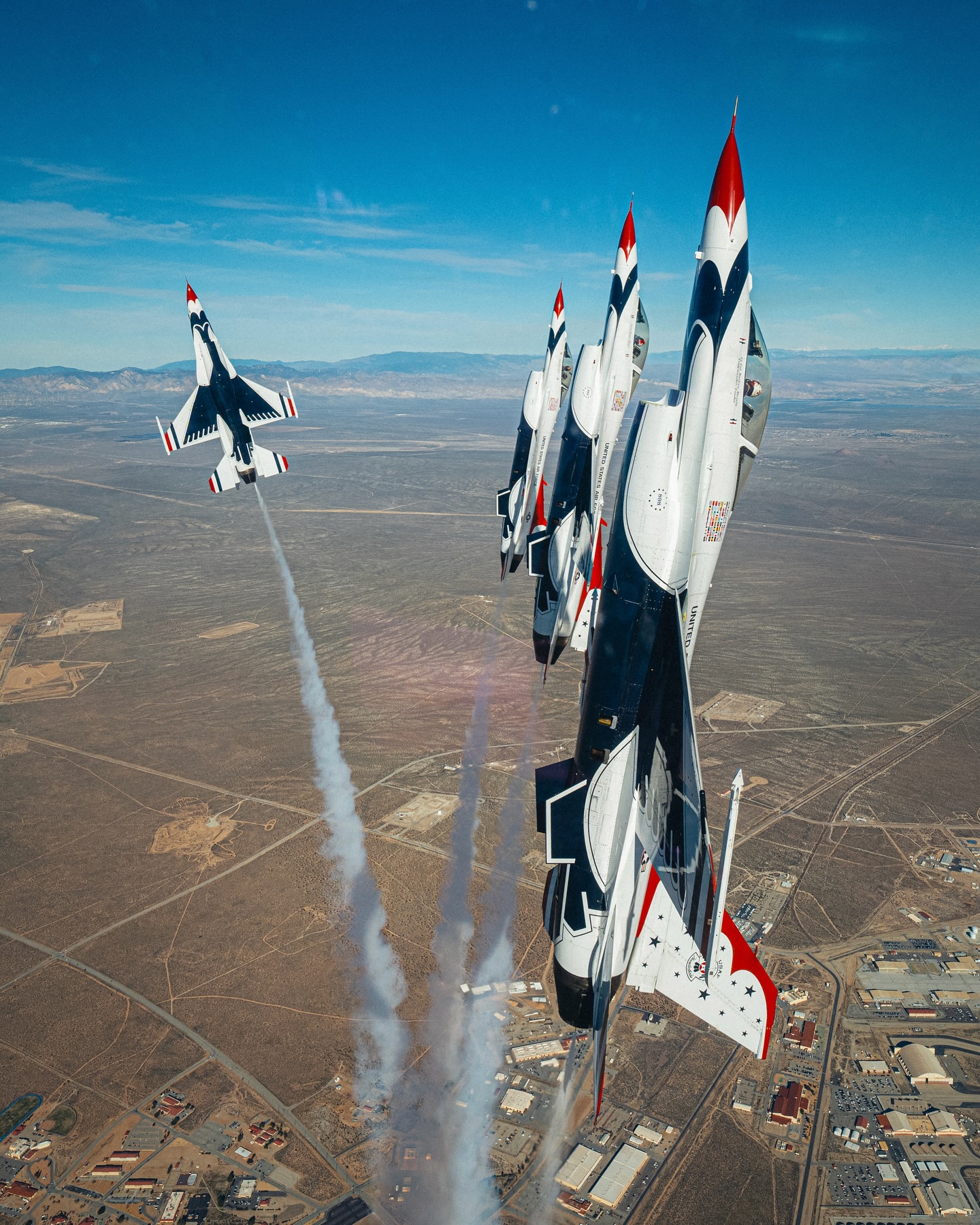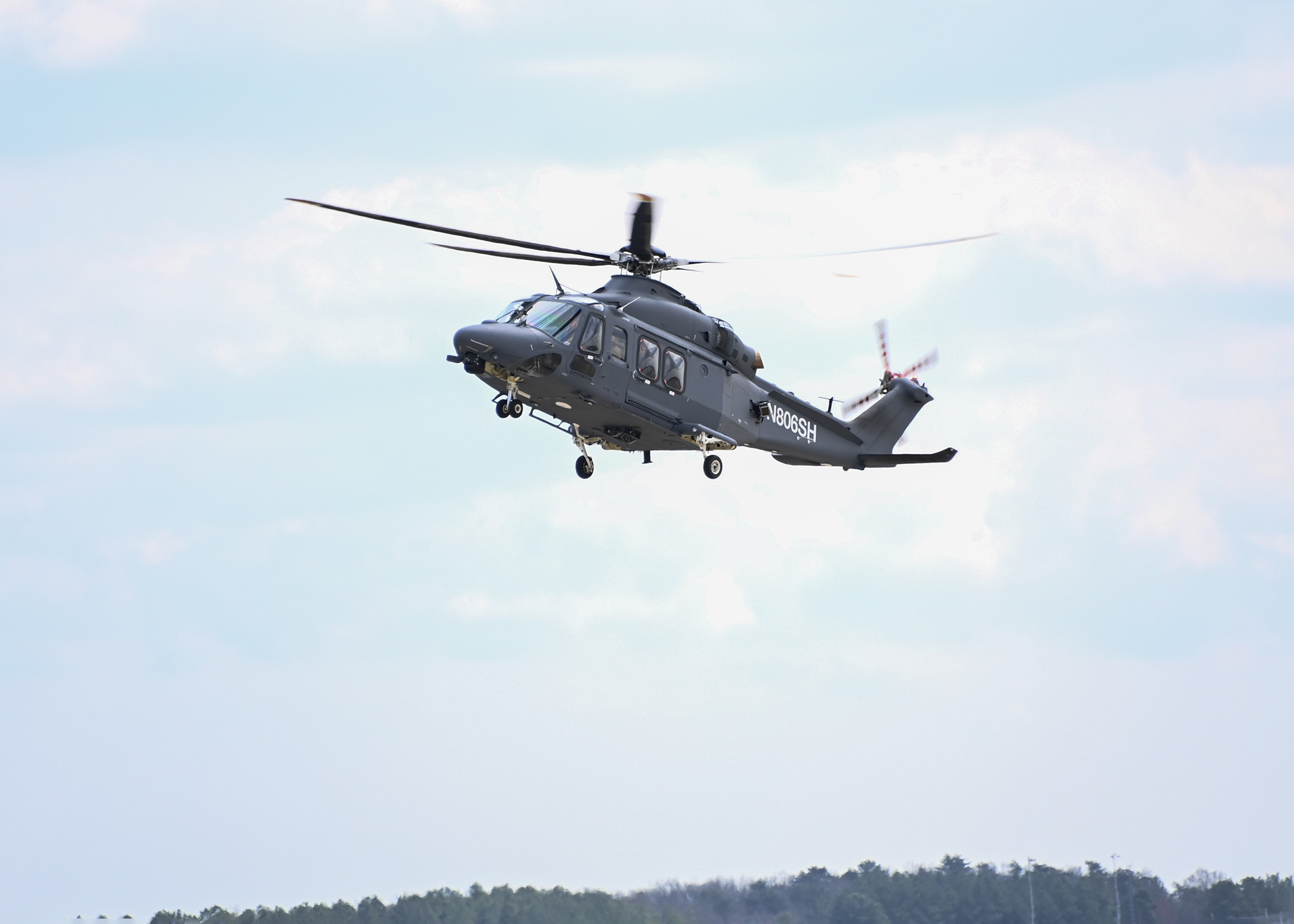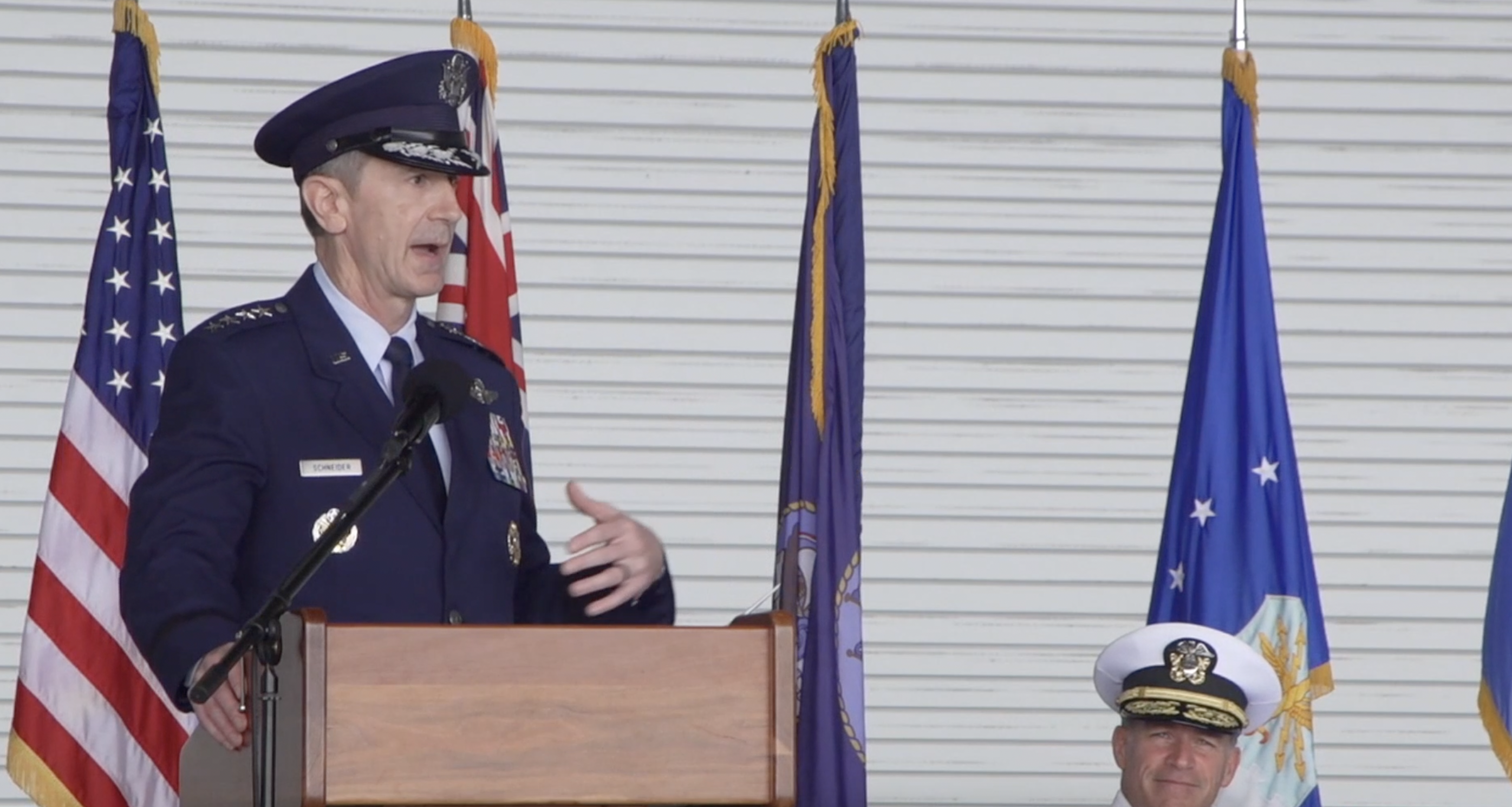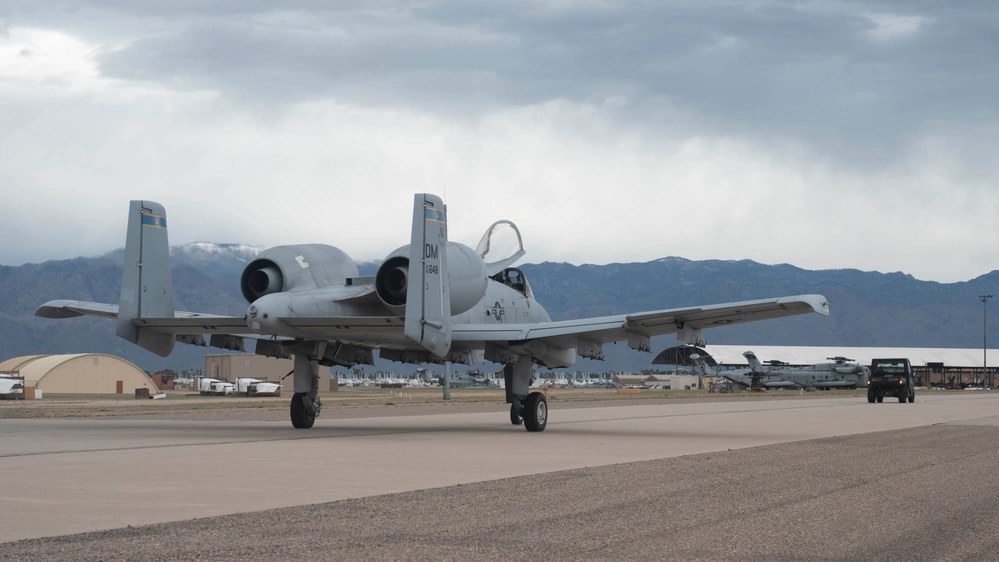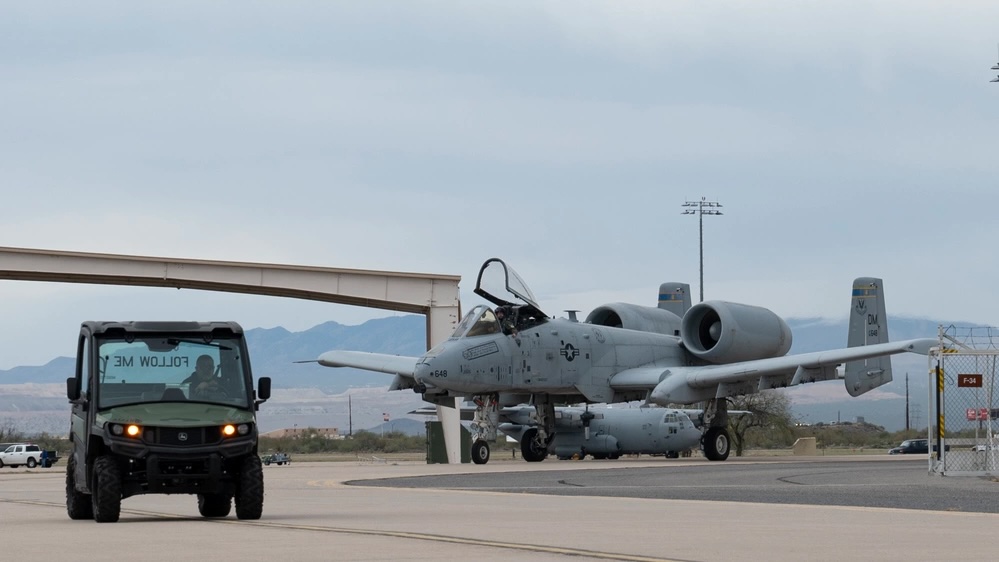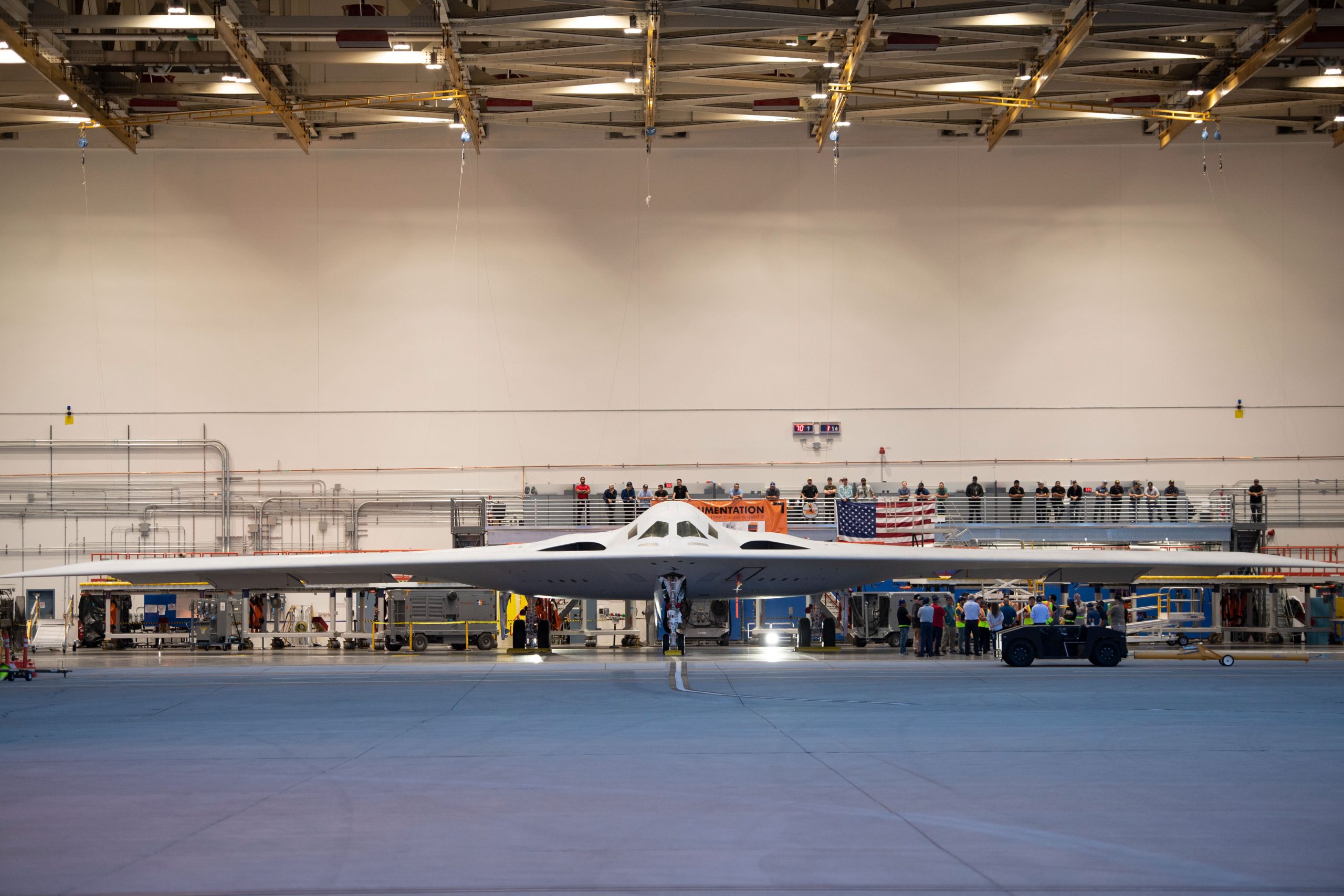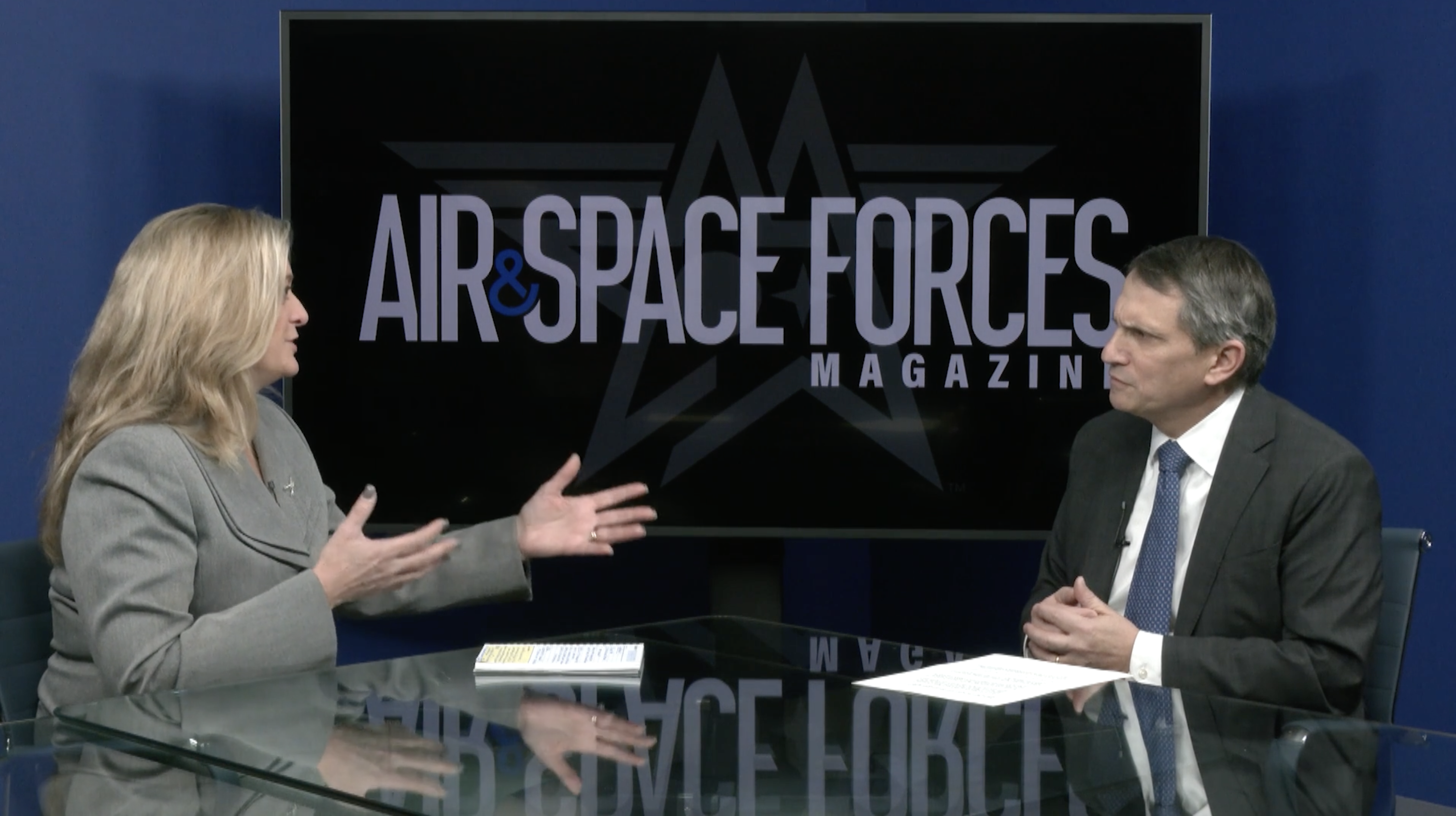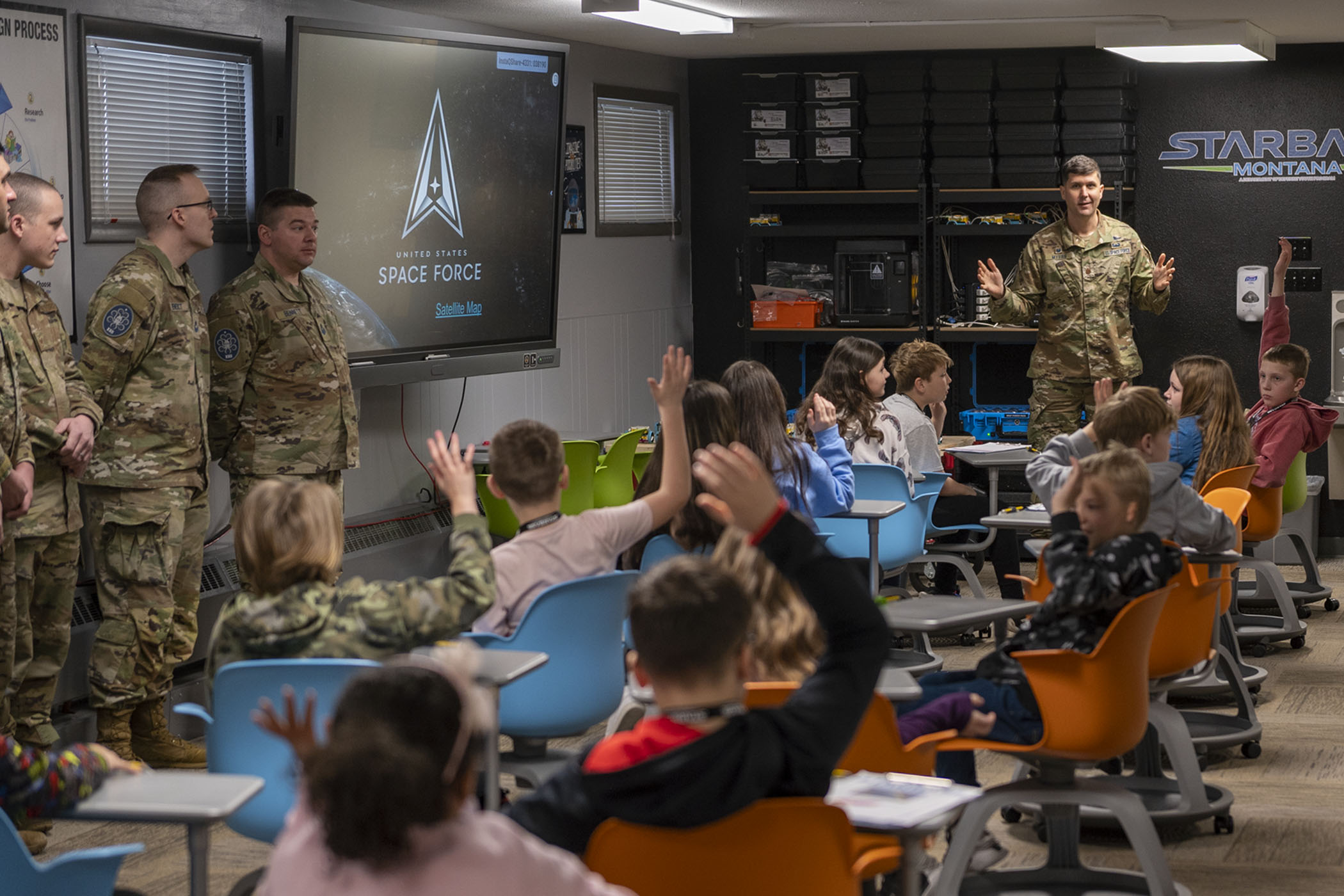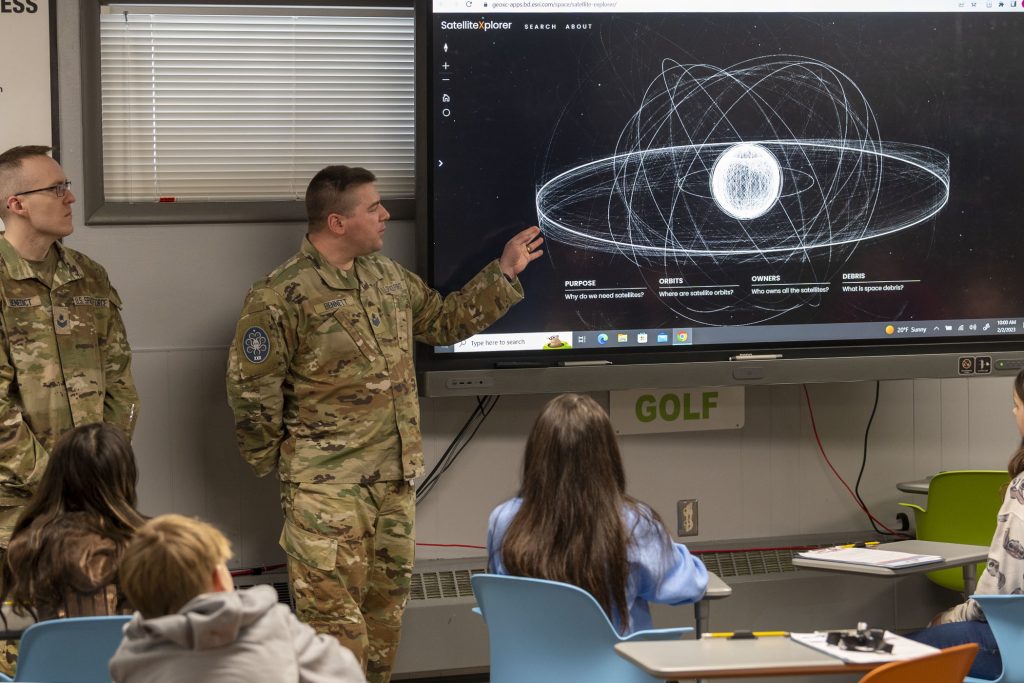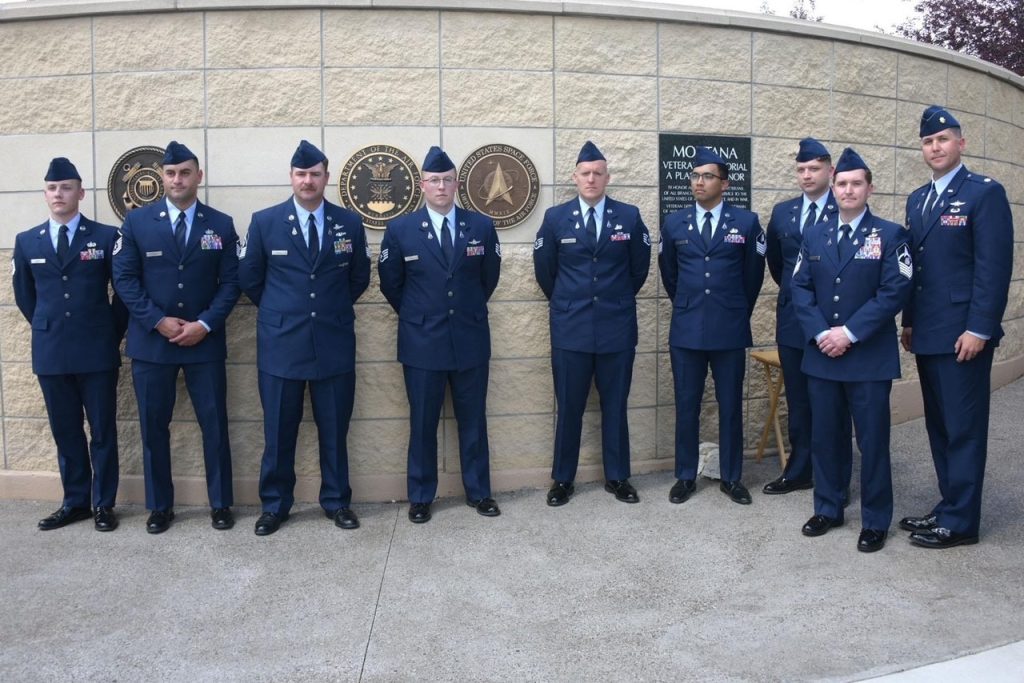AURORA, Colo.—Air Force and Space Force leaders gathering here on Feb. 12 will lift the veil on dozens of changes designed to enhance operational readiness and accelerate the development of future weapons in the years to come. The highly anticipated changes will be announced at the AFA Warfare Symposium.
Air Force Secretary Frank Kendall III will lay out his plans in an unprecedented opening keynote panel address featuring himself, undersecretary Kristyn E. Jones, Air Force Chief of Staff Gen. David W. Allvin, and Chief of Space Operations Gen. B. Chance Saltzman. Together, they will break down both the rationale and the specific changes they intend to implement in the coming months.
Kendall set the stage for the changes in September at AFA’s Air, Space & Cyber Conference in Washington D.C., announcing multiple “lines of effort” intended to identify barriers to readiness and impediments to getting new capabilities into the hands of warfighters. He worried openly that the Air Force and Space Force weren’t as ready as they could be to take on a peer rival in an era of Great Power Competition.
In an interview in the current issue of Air & Space Forces Magazine, Kendall emphasized that his experience as an Army officer and Pentagon civilian during the Cold War informed his view that today’s force was not fully prepared for the challenges of conflict with a peer competitor, like the Soviet Union in the 1970s and 1980s or China, today.
“Over the 30-odd years since the Cold War ended, we have drifted away from preparing and assessing the readiness of the force or structuring the force—or managing the force—so that it is truly ready for a short-notice great power conflict,” he said. “And as you dig into that, and you start to investigate—how are we really structured and postured today?—You discover more ways in which we are really not optimized for great power competition.”
In daily meetings that only picked up speed and intensity as the months flew past, Kendall, Jones, Allvin, Saltzman, and their staffs sorted through hundreds of proposals. The results of those deliberations will come into focus over their 90-minute opening keynote session beginning at 3:50 p.m. Mountain Time on Feb. 12. Those not able to attend in person will be able to view the livestream by registering for the conference virtually. Registration is free to military members and federal employees.
Changes to be unveiled will address people, readiness, power projection, and weapons development. Already, there has been extensive speculation about the return of warrant officers and potential reorganization plans.
In January, Kendall focused on the idea that there are two crucial aspects of the force: readiness for war today and preparedness for requirements tomorrow.
“We want the units that are responsible for readiness to be responsible for readiness, and to be focused on that, and to be ready to go fight on a short notice,” Kendall said last month. “But we also need … organizations that are focused on sustaining competitive advantage over time, from both the operational perspective and from the technical perspective of acquiring those capabilities and maturing technologies.”
In both cases, Kendall said, existing institutional approaches and structures got in the way of delivering what’s needed.
Kendall promised a broad range of changes. “It’s about more than organizational structure,” he said. “It’s also about how we train people. … What kind of skill sets we want to have, what that mix of skill sets is. We’re looking at how we fight …. how we assess and evaluate readiness and how we create readiness.”
Air Force four-stars got their cut on the plans in recent weeks, and headquarters staff and outlying commands began to get briefed late last week. Anticipation has been rising across the services, with some posting memes on Reddit and Facebook about waiting for the answers to what all the fuss is about.
Kendall came into office on a mission to “deliver meaningful operational capability to the warfighter.” His seven Operational Imperatives were intended to focus the department on more rapidly developing the key capabilities needed to compete with China. But he said that over time he became increasingly concerned that it wasn’t just future capabilities that were lacking, but rather the posture of the entire force. That’s why he pressed for a sprint last fall and why he intends to use this year to not just talk about planned changes, but to implement them.
“We’re not in a period where we have the luxury of being complacent or taking our time,” he said last month. “If we went at the normal Pentagon pace for these things, we’d be staffing things for two years. We don’t have two years.”
China set the clock years ago, Kendall noted, when Xi Jinping has told his military be ready to invade Taiwan by 2027. “The threat is changing, and it will keep changing,” Kendall said. “China is a thinking, well-resourced adversary. They’re now thinking about the things we’ve said we’re going to do and how they’re going to defeat them. That’s why we have to re-optimize. We’re in a race. And we can’t just hope we win.”
Re-optimizing is not the easy path, but he necessary path, Kendall said. “We have to actually do things to make sure we stay ahead,” he said. “Change is hard, losing is unacceptable, right? We don’t have a choice about this if we want to win.”
